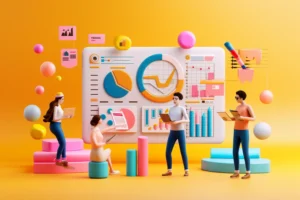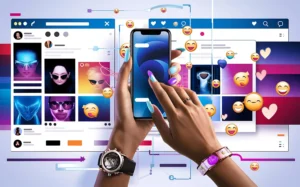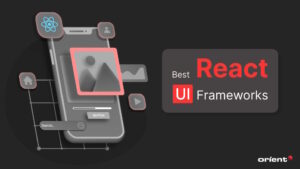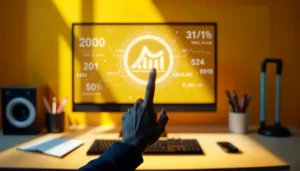1. Voice User Interfaces (VUI)
Ensure your website is optimized for voice search by using natural language, long-tail keywords, and conversational phrases.
Seo Tips
2. Dark Mode and Customizable Themes
Optimize your site for accessibility by including alt text, clear navigation, and WCAG compliance, which can boost rankings.
Seo Tips
3. AI-Powered Personalization
Personalization can enhance dwell time on your site, a factor that Google considers when ranking pages.
Seo Tips
4. Minimalistic Design with Micro-Interactions
Focus on optimizing your site's speed and mobile responsiveness, as minimalistic designs often lead to faster load times, improving SEO rankings.
Seo Tips
5. Augmented Reality (AR) Integration
AR can boost user engagement and retention, key metrics for SEO. Additionally, create content that describes the AR features of your app or site to enhance search visibility.
Seo Tips
6. Sustainability in Design
A faster, more energy-efficient website can improve your page speed, which is a significant ranking factor in Google’s algorithm.
Seo Tips
7. No-Code and Low-Code Platforms
Even with no-code platforms, make sure your site’s structure is SEO-friendly, using proper tags, schema markup, and clean URLs.
Seo Tips
8. 3D and Immersive Visuals
Optimize 3D graphics and animations for faster loading times. Large, unoptimized files can slow down your site and negatively impact your SEO.
Seo Tips
Conclusion
Key Takeaways :
- Voice interfaces and dark modes are becoming essential.
- AI and AR will play major roles in personalization and user engagement.
- Sustainability and minimalism are key design principles.
- No-code platforms offer new opportunities for rapid design and development.









